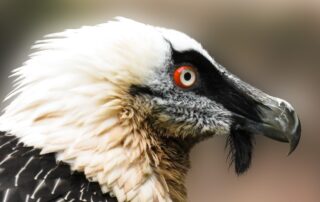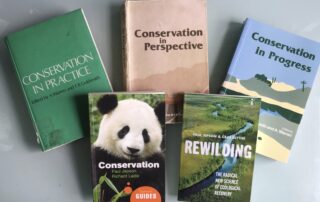I’ve just spent eight days in Spain & Portugal and was blown away with the region’s rewilding potential.
I like nothing better than visiting areas with the rewilding thinkers and discussing the theory and practice of ecosystem recovery. I recently teamed up with four of Europe’s finest Deli Saavedra, Ignacio Jiménez Jordi Palau and Pedro Prata on a road trip to Eastern Portugal, Central Spain and the Pyrenees. I went with three questions in mind: 1) is there an










